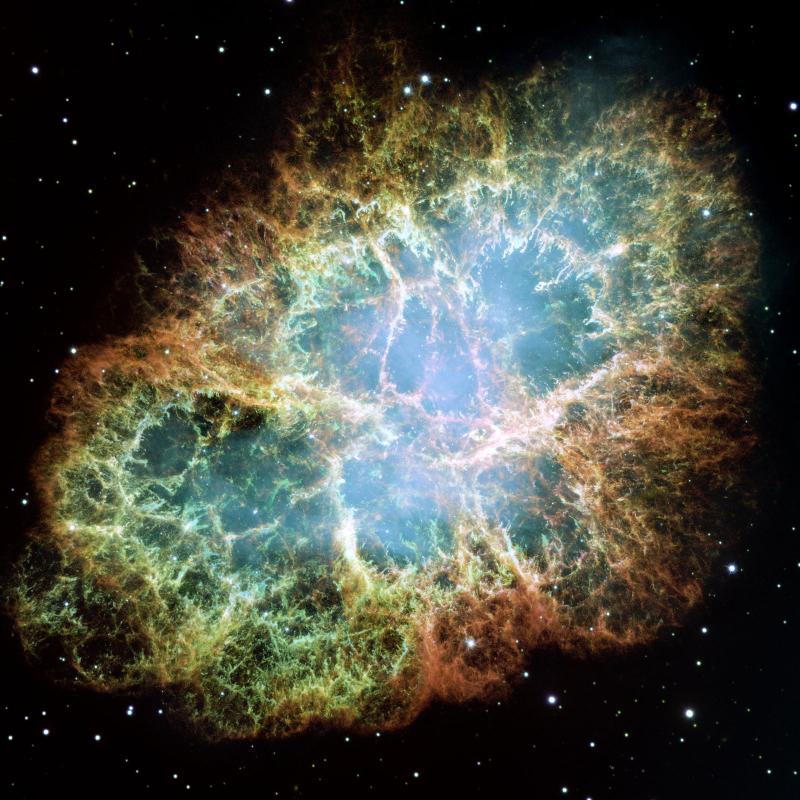Data
You will be redirected to cenamweb.org in 15 second(s). The JINA-CEE website is not updated anymore. The archived website can still be reached through the CeNAM website.
Updated electron-capture rates improve our understanding of core-collapse supernovae

An IReNA collaboration between Michigan State University, The University of North Carolina at Chapel Hill and the University of Zagreb performed a systematic study of electron capture rates on 80 nuclei near N=50 that are key to understanding the evolution of core-collapse supernovae just prior to explosion.
As a consequence, the uncertainties in simulations induced by uncertainties in electron-capture rates are strongly reduced. For example, the uncertainty in the electron neutrino luminosity is now less than 10% compared to more than 30% previously.
The work is now being extended to update the electron-capture rates across the whole chart of nuclei. Improvements in rate estimates are made available to the community in the form of a rate library.
Giraud et al., Phys. Rev. C 105, 055801 (2022) - Editor's Suggestion
